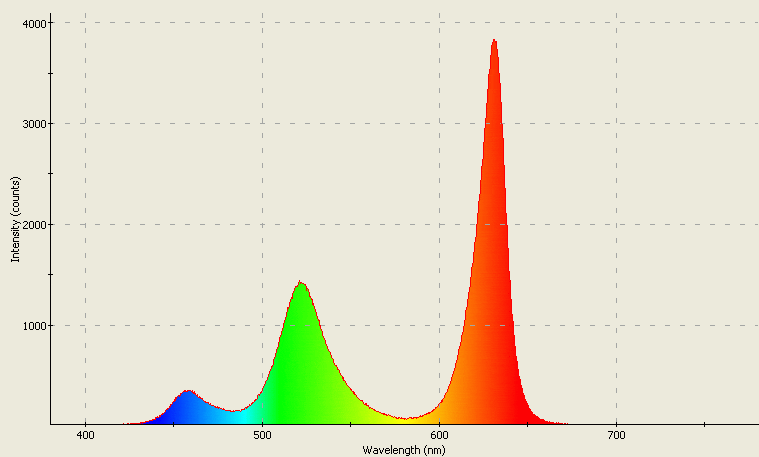I am located in EU and having somewhat difficulties finding a good red light source for a reasonable price. Im leaning towards a heatlamp, which has pretty much IR light, but i think at least a decent red spectrum.
I just found this one. If someone is more knowledgable or have tried something similar, what are your thoughts?
http://www.infraphil.info/Philips_Infraphil-PAR38E.pdf
Also, am i correct to read the charts as if they start from 500? Since the charts prints out 1000, 1500, 2000, etc, and the first step is as big as the following ones. (Sorry for my bad explanation)
"The Philips infrared heating lamps have a wavelength spectrum with a pronounced peak at approximately 1000 nm in the deep-penetrating IR-A range. This radiation characteristic makes them ideal radiant heat sources for treating deeper-seated muscular ailments and sports injuries."
I just found this one. If someone is more knowledgable or have tried something similar, what are your thoughts?
http://www.infraphil.info/Philips_Infraphil-PAR38E.pdf
Also, am i correct to read the charts as if they start from 500? Since the charts prints out 1000, 1500, 2000, etc, and the first step is as big as the following ones. (Sorry for my bad explanation)
"The Philips infrared heating lamps have a wavelength spectrum with a pronounced peak at approximately 1000 nm in the deep-penetrating IR-A range. This radiation characteristic makes them ideal radiant heat sources for treating deeper-seated muscular ailments and sports injuries."

